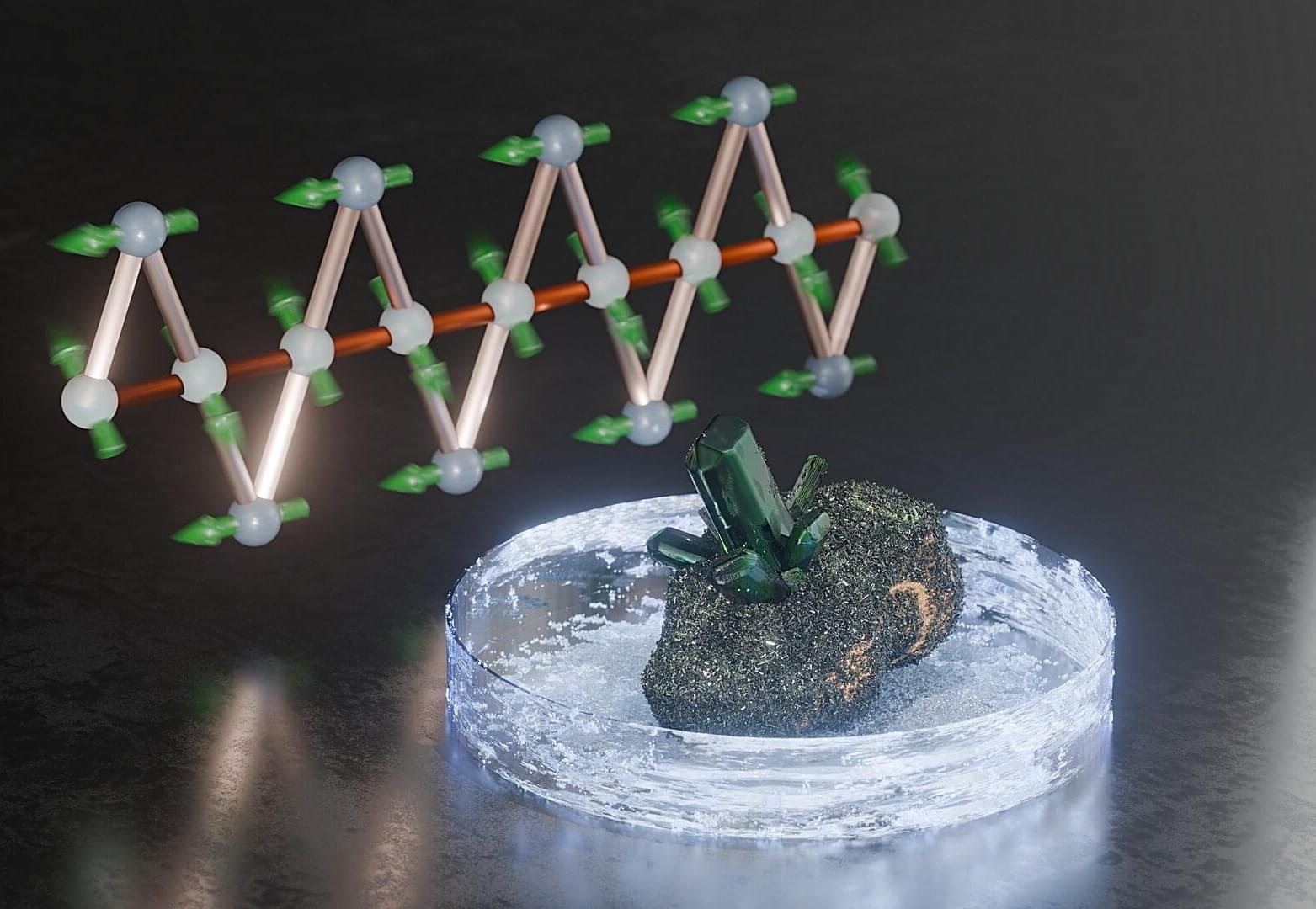Natural crystals fascinate with their vibrant colors, their nearly flawless appearance and their manifold symmetrical forms. But researchers are interested in them for quite different reasons: Among the countless minerals already known, they always discover some materials with unusual magnetic properties.
One of these is atacamite, which exhibits magnetocaloric behavior at low temperatures—that is, the material’s temperature changes significantly when it is subjected to a magnetic field. A team headed by TU Braunschweig and the HZDR has now investigated this rare property. In the long term, the results, now published in Physical Review Letters, could help to develop new materials for energy-efficient magnetic cooling.
The emerald-green mineral atacamite, named for the place it was first found, the Atacama Desert in Chile, gets its characteristic coloring from the copper ions it contains. These ions also determine the material’s magnetic properties: they each have an unpaired electron whose spin gives the ion a magnetic moment —comparable to a tiny needle on a compass.
